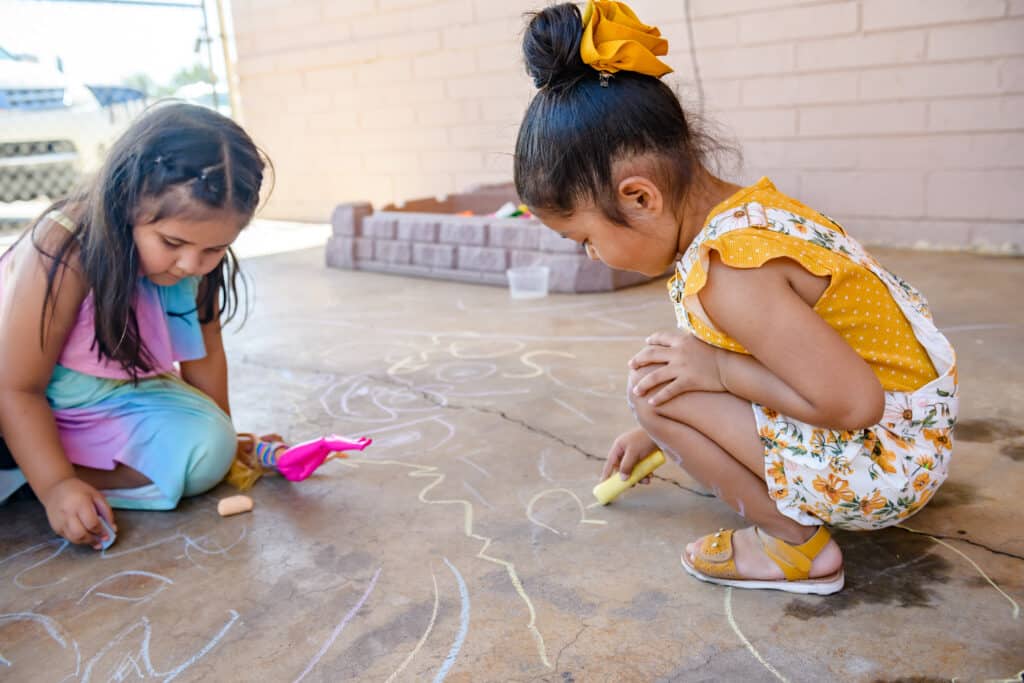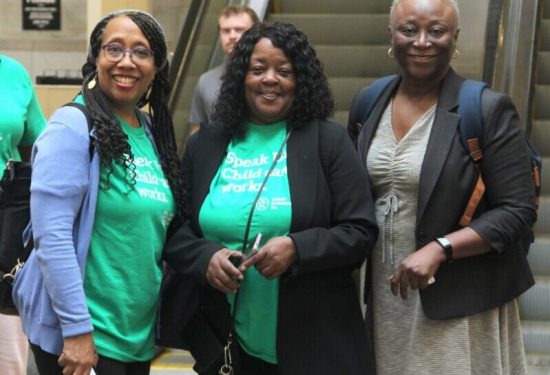As Home Grown reflects on 2022, we find it was a year that is hard to characterize. It was a year of a lot of ups and downs, a few wins and many losses, but most importantly, a year in which we learned a lot. In 2022, we came to better understand the challenges facing home-based child care; those that existed long before the pandemic, those made worse by the pandemic and those that deepened due to lack of transformative policy change. Here is a recap of some of the significant events that affected home-based child care in 2022:
End of the Child Tax Credit (CTC): The enhanced, refundable CTC, which delivered several hundred dollars a month per child directly to families as a part of the American Rescue Plan Act (ARPA), had a major impact on child poverty and improved the mental well-being of parents. This program reduced the cost burden of care and other essentials for millions of families. This program was federally administered and demonstrated the uncomplicated but impressive effect of direct cash on parent and child well-being. Many child care providers, who are also parents and guardians of children under age 18, also benefited. Unfortunately, the program ended in 2022 and was not extended via the Inflation Reduction Act or year-end omnibus budget appropriations (see below).
Inflation and escalating food costs: In 2022, the cost of food and basic needs increased significantly while government payments and parent tuition remained insufficient to cover additional costs to providers who often feed children in their care multiple meals and snacks per day. Child hunger often necessitated providers offering more food to children in their care while providers themselves experienced hunger at an alarming rate. The Keep Kids Fed Act passed in June 2022 and extended ARPA increases to the Child And Adult Care Food Program (CACFP), which enabled all home-based child care providers to bill for meals at the highest tier of reimbursement and increased meal reimbursement rates. Advocates requested the addition of a paid meal per day for providers who care for children 10 to 12 hours a day. Sadly, the additional meal was not included in the year-end omnibus budget appropriations.
Student Loan Debt Relief: President Biden announced up to $20,000 of blanket student debt relief, a welcome support for the child care sector where 19% of workers hold debt. This relief is critical for home-based child care providers who have largely been unable to access public service loan forgiveness available to their peers employed in non profit child care centers. Unfortunately, this program is on hold due to legal challenges, resulting in uncertainty for a workforce struggling to make ends meet.
Inflation Reduction Act: This sweeping legislation delivered on President Biden’s promise to address health care costs, reform the tax code and address climate-related risks but it did not deliver transformative child care policy, paid leave or ongoing refundable child tax credits.
Ongoing pandemic disruption: Throughout 2022, providers experienced major disruptions and strain resulting from the covid-19 pandemic and other illnesses such as RSV and the flu. Child care providers have struggled to find and afford qualified staff often resulting in reduced child enrollment and reductions in revenue. Illness related absences and closures continue to create challenges and undermine compensation. In addition to this, the temporary pandemic rules and supports for providers have been rolled back or discontinued, resulting in additional strain to the providers’ programs. Practices like unannounced monitoring visits and reimbursement based on attendance (rather than enrollment) have resumed in most parts of the country while providers struggle to staff adequately, meet costly compliance requirements and support families with inconsistent attendance.
Year-end Omnibus Budget Appropriation: The year-end budget included a historic increase for child care (as well as Head Start and other early learning programs). This funding is critical to support a sector in crisis but falls far short of what is needed to address poverty wages of our workforce and ensure parents can find and afford the care they need. These funds will be distributed via the Child Care and Development Block Grant (CCDBG) that gives states broad flexibility to distribute funds.
As we reflect on 2022 and look ahead toward what is possible in 2023, we wonder: how might we truly put parents and providers at the center of our action? What does it look like to focus on the adults with the closest relationships to young children in our policy and investment actions? The lessons from 2022 point to a clear starting point – we must address the economic well-being of families and providers. It is time to push past an outdated notion that education alone can interrupt poverty and to embrace what we learned this last year; economic well-being is the foundation and the prerequisite of realizing the promise of high quality and impactful educational services.
Our hope for 2023 is that we work together to ensure the following:
Parents receive child care tuition support in the form of subsidies, vouchers or refundable tax credits. We must marshal our system resources to create or improve current subsidy systems to seamlessly and easily get support to families to afford child care. We must ensure parents can use these subsidies in the settings that meet their needs including with trusted relatives and during evening and weekend hours. Child care is one of the largest costs for families (as other costs like food and housing skyrocket) and we must bring relief to parents. The CTC showed us this is possible, administratively simple, and highly effective. What can we do to ensure more subsidy and tuition support programs embrace the simple and effective processes seen through that program?
Providers receive direct cash support in the form of ongoing and substantive income supplements. In a reality where ARPA-era relief funds will run out soon (if they haven’t already) and transformative federal child care legislation is unlikely, what actions can we take to ensure every available dollar in the system contributes directly and substantially to the economic well-being of our workforce? Home Grown strongly believes that ongoing, predictable cash payments to providers is the most powerful tool to address provider compensation. We are also eager to see the impact of large cash payments to providers offered in Washington, D.C. along with expansion of benefits including health insurance.
In 2023, Home Grown is hopeful and excited to partner with you to make this a reality. We are eager to be in community with, to fund, to learn from and to stand beside child care providers, parents, grassroots organizations, community pioneers, elected and administrative leaders and advocates who are ready to confront ossified systems and outdated assumptions. To better meet the needs of children, we must better meet the needs of the adults who love, care for and teach children: parents and child care providers. Join us! Reach out and let us know what you are doing and how we can support you.




